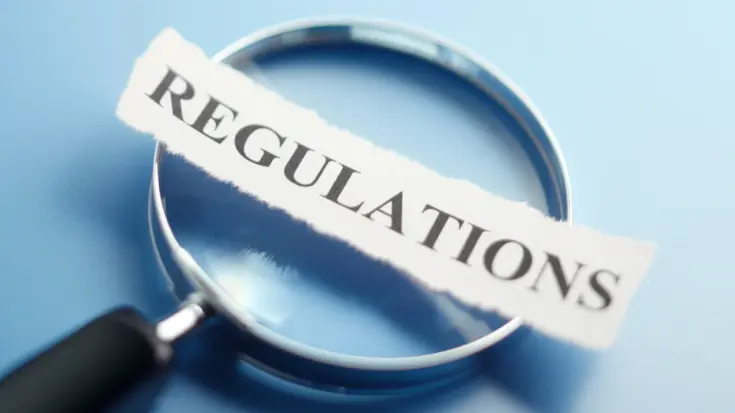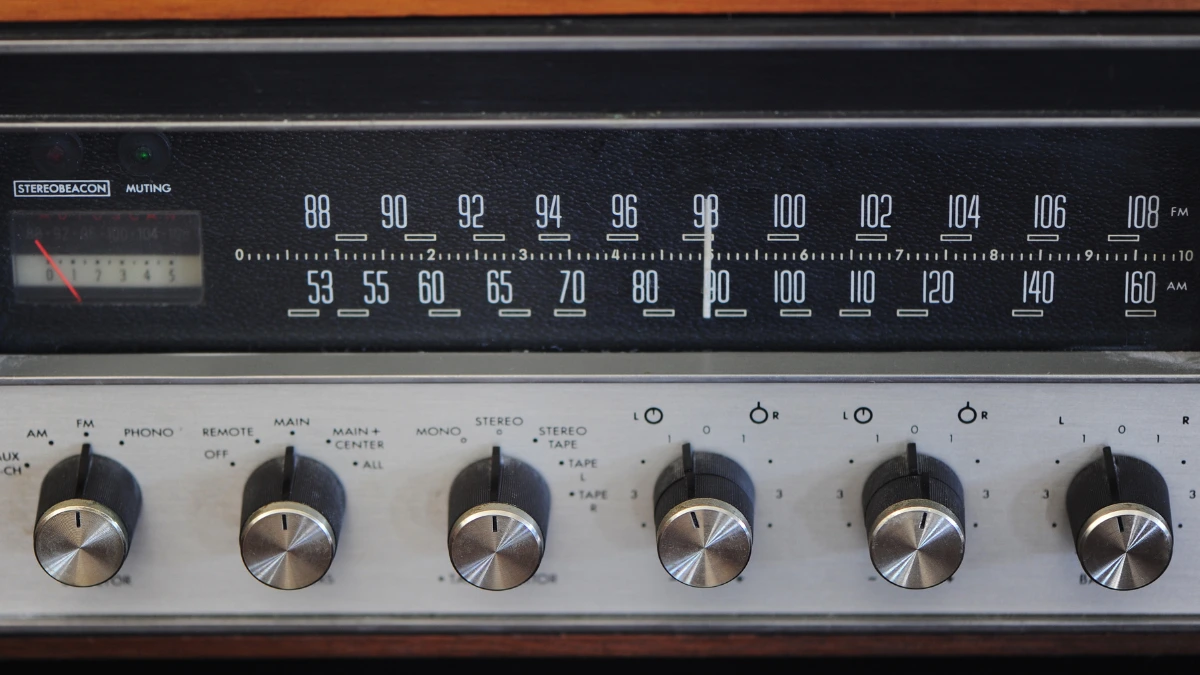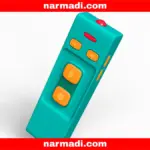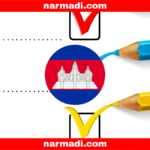A radio repeater is a two-way communication device that is often used for amateur communications, emergency operations, and military activities. As the name suggests, the device is used to send and receive radio signals using UHF or VHF frequencies.
The Indonesian government through Director General Regulation (PERDIRJEN) No. 171 of 2009 from the Ministry of Communication and Digital (KOMDIGI) has established passive optical network testing standards for radio repeater to ensure that these devices are safe, efficient, and do not interfere with each other.
This regulation is intended to ensure that all radio repeater distribute in Indonesia must ensure their quality, safety, and compliance with applicable regulations through testing standards.
Also Read
Table of Contents
Radio Repeater Testing Standard

Before being used or marketed in Indonesia, radio repeater must meet several established technical requirements. Here are some of the standards that must be met:
Power Supply
- AC Voltage or Alternating Current Device is as allows:
- AC Power 220 Volt ± 10% or/and 110 Volts 10%
- Frequency: 50 Hz
- DC Voltage or Direct Current is as allows:
- DC Power: 24 Volts ± 10% or/and 12 Volts ± 10%
Working Frequency
Working Frequency of HF/VHF/UHF Device as follows:
a. Frequency allocation for HF telecommunication device is 3 – 30 MHz, except for frequency allocations in aviation, maritime, and broadcasting services. Assignment of working frequency will be determined by the Directorate that us in change of radio frequency management.
b. Frequency allocation for VHF telecommunication device is 30 – 300 MHz, except for frequency allocations in aviation, maritime, and broadcasting services. Assignment of working frequency will be determined by the Directorate that us in change of radio frequency management.
c. Frequency allocation for VHF telecommunication device is 300 – 3000 MHz, except for frequency allocations in aviation, maritime, and broadcast, mobile service (including those using cellular technology), mobile, and fixed satellite services. Assignment of working frequency will be determined by the Directorate that us in change of radio frequency management.
Transmitter Output Power
The Output Power of the HF/VHF/UHV Device Transmitter is as follows:
- The permitted power output of the HF device is ≤ 1000 Watt.
- The permitted power output of the VHF/UHF device is ≤ 50 Watt.
Modulation
Modulation used for the operation of Radio Communication device is as follows:
- HF Communication Radio uses AM modulation.
- VHF/UHF Communication Radio FM modulation.
Stability
Frequency stability in HF, VHF, and UHF devices is ± 0.005% at temperature (5 to 45) ‘C.
Channel Spacing
Channel spaces of the HF, VHF, and UHF Devices are as follows:
- Channel Spacing for HF devices: 10 KHz.
- Channel Spacing for VHF/UHF devices: 15 KHz.
RF Impedance
- The device expansion is HF, VHF, adn UHF: S0 Ω.
- HF: impadance: 75 Ω, VHF: 75, 300 or 50 Ω.
Room Temperature
HF, VHF, and UHF devices must be able to work / operate well in tropical climatic conditions with room temperature that has a temperature 95 to 45) ‘C and a humidity of 20% to 85%.
Frequencies Deviation
The frequency deviations of the HF, VHF, and UHF devices are as follows:
- For HF = ± 10 ppm
- For VHF = ± 10 ppm
- For UHF = ± 5 ppm
Radio Repeater Certification Process in Indonesia

For radio repeater to be used legally in Indonesia, certification from DJID is required. Here are the steps to get it:
Pre-testing the device
Before official testing, the device must be pre-tested first using measuring equipment such as a spectrum analyzer.
This helps ensure devices meet technical standards before being tested in authorized laboratories.
Testing at an official laboratory
After passing the pre-testing, the gadget will be sent to an assigned official research facility for experience testing according to the guidelines stipulated in the Director General Regulation (PERDIRJEN) of the Director General of the Ministry of Communication and Digital (DJID) No. 171 of 2009.
Issuance of certificates
After the device passes testing, an official certificate will be issued by DJID. This certificate is a requirement to market the device legally in Indonesia.
Tips to ensure standards compliance
- Learn the latest regulations: Make sure you understand every detail of the Director General Regulation (PERDIRJEN) of the Director General of the Ministry of Communication and Digital No. 171 of 2009, including technical requirements and test methods.
- Perform pre-testing: Before official testing, perform pre-testing to ensure the device meets standards. If you don’t have a measuring instrument, use the DJID certification service, which provides pre-testing services.
- Counsel a master: If this is your to begin with time looking for certification, consider utilizing the services of experienced DJID certification administrations.









